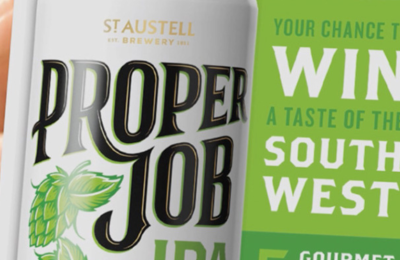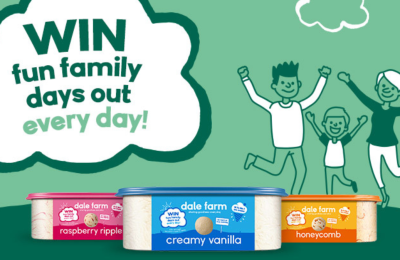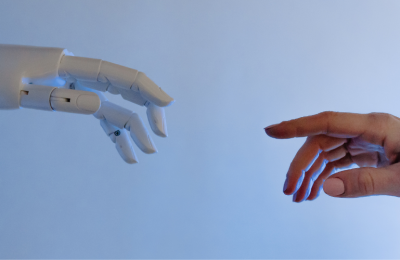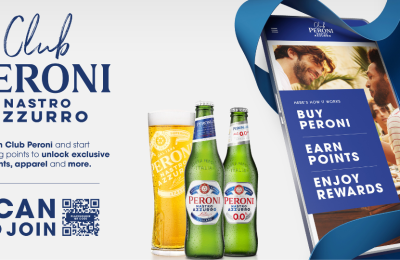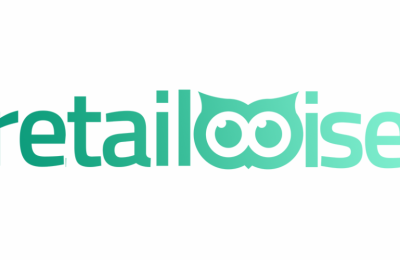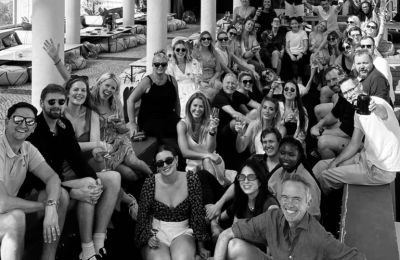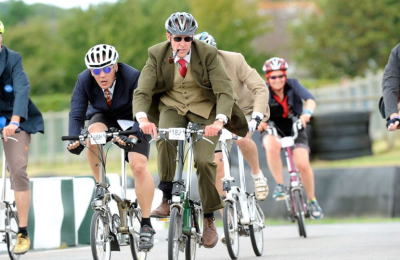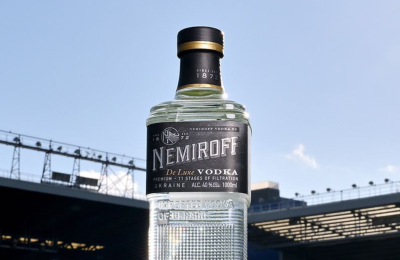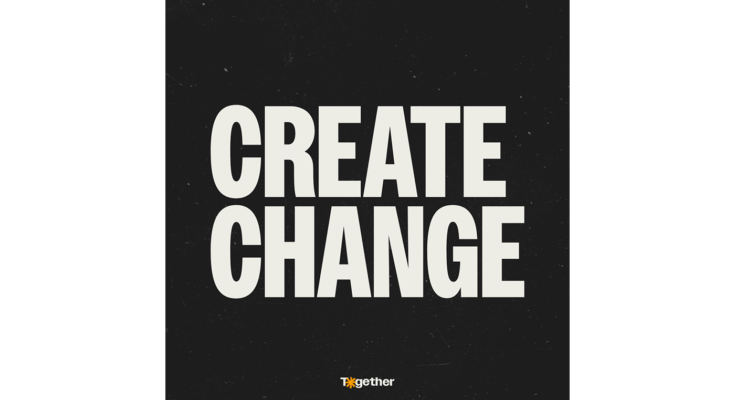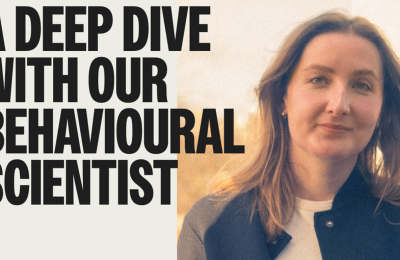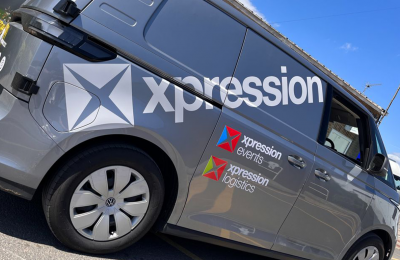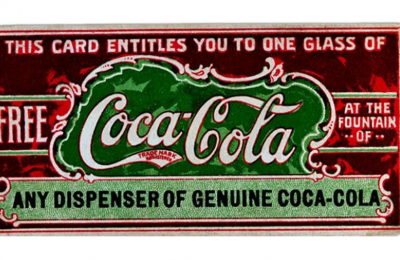By Sara Bru-Garcia on Behalf of The Together Agency
Whether it’s getting people to buy a product or persuading them to use a service, we’re in the business of changing consumer behaviour. That’s why the team at The Together Agency now includes behavioural psychologists and linguists, working with the University of Nottingham. It’s science meets creativity. But how does it actually work?
Behavioural science is getting a lot of buzz lately. From government “nudge” units to industries ranging from banking to healthcare, an increasing number of people are leveraging behavioural science as a cost-effective way to change human behaviour.
But what even is behavioural science? At its core, behavioural science is an umbrella term that refers to a number of scientific disciplines that study human behaviour at an individual or group level. One of these disciplines is behaviour change, which packs up almost 100 years of robust evidence from cognitive psychology, behavioural psychology, learning theory or social psychology, to change the way people behave.
Creative marketing and communications aim to get people to change their behaviour in some way: make a purchase, visit a website, sign up for a service etc. Understanding how people make decisions and why they do what they do provides additional reasoning that goes beyond intuition. It means creatively, marketing does more than look great – it’s more likely to effectively change consumer behaviour.
Behaviour change uses robust evidence-based models (like COM-B) that can help you organise and target the creative process. It starts with making sure you’re focusing your creative energy in the right place, which is identifying and understanding the behaviour you’re really trying to change. Behaviour change can also spark creativity by understanding, for example, how the context (physical or social) influences people’s behaviour, and then leveraging this understanding to maximise the effectiveness of the creative work. While spontaneity will always be creatively important, behavioural science models like COM-B make us think again – in a manner that enriches the proposition and delivers better results.
Want to learn more about COM-B? You can read our blog post about it here.

